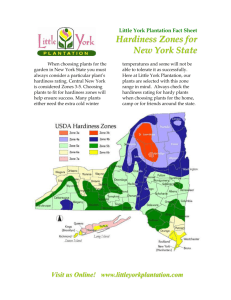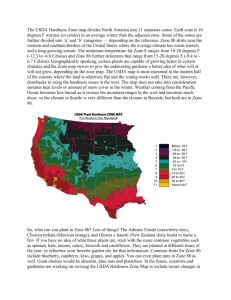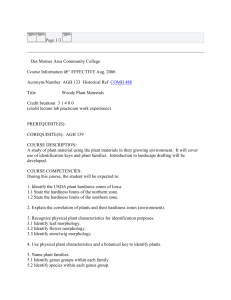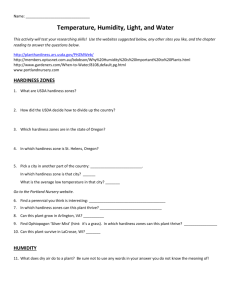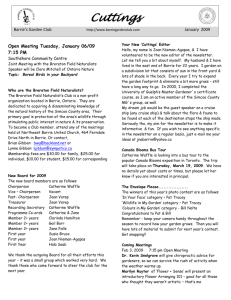Document 11093335
advertisement
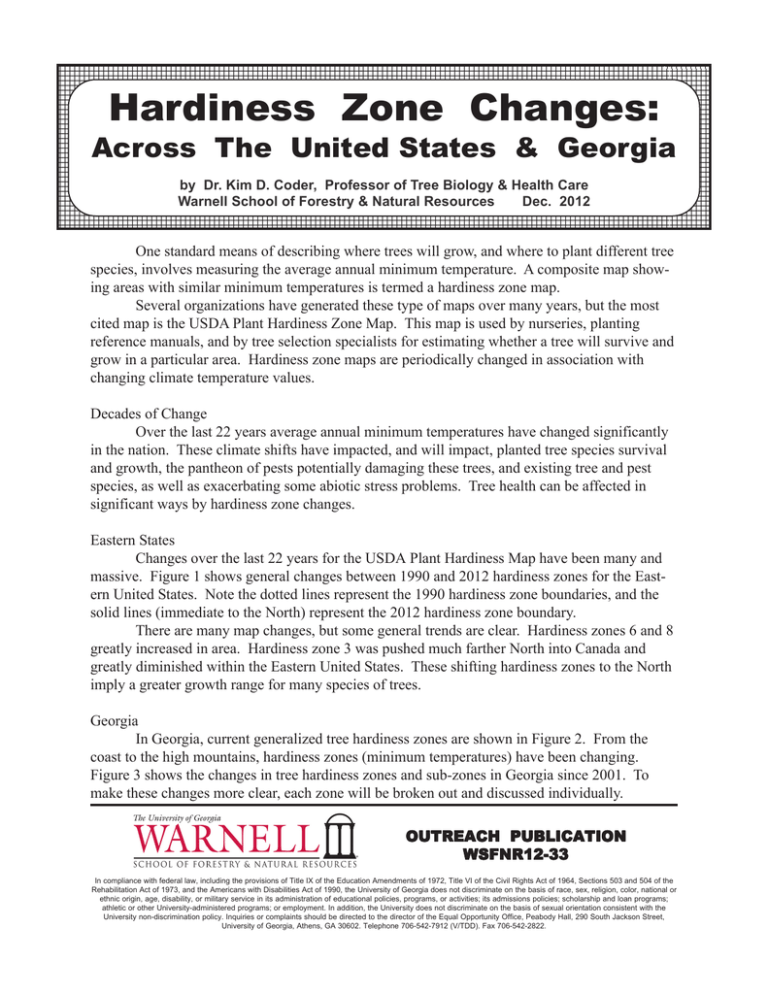
12345678901234567890123456789012123456789012345678901234567890121234567890123456789012345678901212345678901234567890123456789012123456789 12345678901234567890123456789012123456789012345678901234567890121234567890123456789012345678901212345678901234567890123456789012123456789 12345678901234567890123456789012123456789012345678901234567890121234567890123456789012345678901212345678901234567890123456789012123456789 12345678901234567890123456789012123456789012345678901234567890121234567890123456789012345678901212345678901234567890123456789012123456789 12345678901234567890123456789012123456789012345678901234567890121234567890123456789012345678901212345678901234567890123456789012123456789 12345678901234567890123456789012123456789012345678901234567890121234567890123456789012345678901212345678901234567890123456789012123456789 12345678901234567890123456789012123456789012345678901234567890121234567890123456789012345678901212345678901234567890123456789012123456789 12345678901234567890123456789012123456789012345678901234567890121234567890123456789012345678901212345678901234567890123456789012123456789 12345678901234567890123456789012123456789012345678901234567890121234567890123456789012345678901212345678901234567890123456789012123456789 12345678901234567890123456789012123456789012345678901234567890121234567890123456789012345678901212345678901234567890123456789012123456789 12345678901234567890123456789012123456789012345678901234567890121234567890123456789012345678901212345678901234567890123456789012123456789 12345678901234567890123456789012123456789012345678901234567890121234567890123456789012345678901212345678901234567890123456789012123456789 12345678901234567890123456789012123456789012345678901234567890121234567890123456789012345678901212345678901234567890123456789012123456789 12345678901234567890123456789012123456789012345678901234567890121234567890123456789012345678901212345678901234567890123456789012123456789 12345678901234567890123456789012123456789012345678901234567890121234567890123456789012345678901212345678901234567890123456789012123456789 12345678901234567890123456789012123456789012345678901234567890121234567890123456789012345678901212345678901234567890123456789012123456789 12345678901234567890123456789012123456789012345678901234567890121234567890123456789012345678901212345678901234567890123456789012123456789 12345678901234567890123456789012123456789012345678901234567890121234567890123456789012345678901212345678901234567890123456789012123456789 12345678901234567890123456789012123456789012345678901234567890121234567890123456789012345678901212345678901234567890123456789012123456789 12345678901234567890123456789012123456789012345678901234567890121234567890123456789012345678901212345678901234567890123456789012123456789 12345678901234567890123456789012123456789012345678901234567890121234567890123456789012345678901212345678901234567890123456789012123456789 12345678901234567890123456789012123456789012345678901234567890121234567890123456789012345678901212345678901234567890123456789012123456789 12345678901234567890123456789012123456789012345678901234567890121234567890123456789012345678901212345678901234567890123456789012123456789 12345678901234567890123456789012123456789012345678901234567890121234567890123456789012345678901212345678901234567890123456789012123456789 12345678901234567890123456789012123456789012345678901234567890121234567890123456789012345678901212345678901234567890123456789012123456789 12345678901234567890123456789012123456789012345678901234567890121234567890123456789012345678901212345678901234567890123456789012123456789 12345678901234567890123456789012123456789012345678901234567890121234567890123456789012345678901212345678901234567890123456789012123456789 by Dr. Kim D. Coder, Professor of Tree Biology & Health Care 12345678901234567890123456789012123456789012345678901234567890121234567890123456789012345678901212345678901234567890123456789012123456789 12345678901234567890123456789012123456789012345678901234567890121234567890123456789012345678901212345678901234567890123456789012123456789 12345678901234567890123456789012123456789012345678901234567890121234567890123456789012345678901212345678901234567890123456789012123456789 Warnell School of Forestry & Natural Resources Dec. 2012 12345678901234567890123456789012123456789012345678901234567890121234567890123456789012345678901212345678901234567890123456789012123456789 12345678901234567890123456789012123456789012345678901234567890121234567890123456789012345678901212345678901234567890123456789012123456789 12345678901234567890123456789012123456789012345678901234567890121234567890123456789012345678901212345678901234567890123456789012123456789 12345678901234567890123456789012123456789012345678901234567890121234567890123456789012345678901212345678901234567890123456789012123456789 12345678901234567890123456789012123456789012345678901234567890121234567890123456789012345678901212345678901234567890123456789012123456789 Hardiness Zone Changes: Across The United States & Georgia One standard means of describing where trees will grow, and where to plant different tree species, involves measuring the average annual minimum temperature. A composite map showing areas with similar minimum temperatures is termed a hardiness zone map. Several organizations have generated these type of maps over many years, but the most cited map is the USDA Plant Hardiness Zone Map. This map is used by nurseries, planting reference manuals, and by tree selection specialists for estimating whether a tree will survive and grow in a particular area. Hardiness zone maps are periodically changed in association with changing climate temperature values. Decades of Change Over the last 22 years average annual minimum temperatures have changed significantly in the nation. These climate shifts have impacted, and will impact, planted tree species survival and growth, the pantheon of pests potentially damaging these trees, and existing tree and pest species, as well as exacerbating some abiotic stress problems. Tree health can be affected in significant ways by hardiness zone changes. Eastern States Changes over the last 22 years for the USDA Plant Hardiness Map have been many and massive. Figure 1 shows general changes between 1990 and 2012 hardiness zones for the Eastern United States. Note the dotted lines represent the 1990 hardiness zone boundaries, and the solid lines (immediate to the North) represent the 2012 hardiness zone boundary. There are many map changes, but some general trends are clear. Hardiness zones 6 and 8 greatly increased in area. Hardiness zone 3 was pushed much farther North into Canada and greatly diminished within the Eastern United States. These shifting hardiness zones to the North imply a greater growth range for many species of trees. Georgia In Georgia, current generalized tree hardiness zones are shown in Figure 2. From the coast to the high mountains, hardiness zones (minimum temperatures) have been changing. Figure 3 shows the changes in tree hardiness zones and sub-zones in Georgia since 2001. To make these changes more clear, each zone will be broken out and discussed individually. OUTREACH PUBLICATION WSFNR12-33 In compliance with federal law, including the provisions of Title IX of the Education Amendments of 1972, Title VI of the Civil Rights Act of 1964, Sections 503 and 504 of the Rehabilitation Act of 1973, and the Americans with Disabilities Act of 1990, the University of Georgia does not discriminate on the basis of race, sex, religion, color, national or ethnic origin, age, disability, or military service in its administration of educational policies, programs, or activities; its admissions policies; scholarship and loan programs; athletic or other University-administered programs; or employment. In addition, the University does not discriminate on the basis of sexual orientation consistent with the University non-discrimination policy. Inquiries or complaints should be directed to the director of the Equal Opportunity Office, Peabody Hall, 290 South Jackson Street, University of Georgia, Athens, GA 30602. Telephone 706-542-7912 (V/TDD). Fax 706-542-2822. Hardiness Zone 6 -7 Georgia tree hardiness zones 7a and 6b have undergone major modifications. Figure 4. Hardiness zone 6b has been pushed up to the mountain tops and out of the valleys in Northeast Georgia. Hardiness zone 7a has been squeezed North into the farthest corners of the State. Hardiness zone 7b has been expanded across North Georgia and now enters Tennessee. Figure 5. County numbers impacted by the Northern shifting zone 7b boundaries are ~17. Hardiness Zone 8 One of the largest changes in Georgia hardiness zones is in zone 8. Hardiness zone 8a has moved North past the Fall Line, onto the Piedmont, and abutting the mountains. Figure 6. The number of counties impacted by this new Northward boundary for 8a is ~47. Figure 7 shows the Northward boundary movement of hardiness zone 8b. In the past, zone 8b was considered the hardiness zone of the far South and lower Coastal Plain with average annual minimum temperatures never falling below about 15oF. Withe the new mapping, zone 8b has moved much closer to the Fall Line and covers more than the Southern third of Georgia. Counties impacted by the new Northern boundary of zone 8b are ~45. New Hardiness Zone 9a The current hardiness zone map adds, essentially for the first time, hardiness zone 9a to Georgia. Figure 8. All or part of 5 coastal counties are now included in hardiness zone 9a. Traditionally, zone 9a was considered the North-central Florida zone. This addition, representing a 5oF increase in average annual minimum temperatures will influence tree selection, new tree survival, and new pest regimes for the Georgia coast. Always Changing ! Change is an ecological fact of life for our forest and community trees. Climatic change will continue because over the last 20,000 years, 250,000 years, and 2 million years there has been large climatic changes impacting trees. The new hardiness zone map represents an opportunity for new tree species planting explorations. Reference Sources Note, maps contained in this publication were generalized, redrawn, and derived from the following two sources: USDA - Plant Hardiness Zone Map (2012 New Revised Version) by Agricultural Research Service & Oregon State University. Cathey, H.M. 2001. USDA Plant Hardiness Zone Map. Misc. Pub. #1475, USDA-ARS-National Arboretum, Washington D.C. Dr. Kim D. Coder, Warnell School, University of Georgia 2 3 ○ ○ ○ ○ ○ ○ ○ ○ 3 ○ ○ ○ ○ ○ ○ ○ ○ ○ ○ ○ ○ ○ ○ ○ ○ ○ ○ ○ ○ ○ ○ ○ ○ ○ ○ ○ ○ ○○ ○ ○ ○ ○ ○ ○ ○ ○ ○ ○ ○ ○ ○○ ○ ○ ○ 4 ○ ○ ○ ○ ○ ○ ○ ○ ○ ○ ○ ○ ○ ○ ○ ○ ○ ○ ○ ○ ○ ○ ○ ○ ○ ○ ○ ○ ○ ○ ○ ○ ○ ○ ○ ○ ○ ○ ○ ○ ○ ○ ○ ○ ○ ○ ○ ○ ○ ○ ○ ○ ○ ○ ○ ○ ○ ○ ○ ○ ○ ○ ○ ○ ○ ○ ○ ○ ○ ○ ○ ○ ○ ○ ○ ○ ○ ○ ○ ○ ○ ○ ○ ○ ○ ○ ○ ○ ○ ○ ○ ○ ○ ○ ○ ○ ○ ○ ○ ○ ○ ○ ○ ○ ○ ○ ○ ○ ○ ○ ○ ○ ○ ○ ○ ○ ○ ○ ○ ○ ○ ○ ○ ○ ○ ○ ○ ○ ○ ○ ○ ○ ○ ○ ○ ○ ○ ○ ○ ○ ○ ○ ○ ○ ○ ○ ○ ○ ○ ○ ○ ○ ○ ○ ○ ○ ○ ○ ○ ○ ○ ○ ○ ○ ○ ○ ○ ○ ○ ○ ○ ○ ○ ○ ○ ○ ○ ○ ○ ○ ○ ○ ○ ○ ○ ○ ○ ○ ○ ○ ○ ○ ○ ○ ○ ○ 2012 ○ ○ ○ ○ ○ ○ ○ ○ ○ 1990 ○ ○ ○ ○ ○ ○ ○ ○ ○ ○ ○ ○ ○ ○ ○ ○ ○ ○○ ○ ○ ○ ○ ○ ○ ○ ○ ○ ○ ○ ○ ○ ○ ○ ○ ○ ○ ○ ○ ○ ○ ○ ○ ○ ○ ○ ○ ○ ○ ○ ○ ○ ○ ○ ○ ○ ○ ○ ○ ○ ○○ ○ ○ ○ ○ ○ ○ ○ ○ ○ ○ ○ ○○ 9 ○ ○ ○ ○○ ○ ○ ○ ○ ○ ○ ○ ○ ○ ○ ○ ○ ○ ○ ○ ○ ○ ○ ○ ○ ○ ○ ○ 5 6 7 8 9 ○ ○ ○ ○ ○ ○ ○ ○ ○ ○ 10 Figure 1: Northward changes in USDA plant hardiness zones since 1990. Solid lines are current hardiness zone boundaries. Each hardiness zone number increase represents +5oF increase in average annual minimum temperature. Dr. Kim D. Coder, Warnell School, University of Georgia 3 Figure 2: 2012 TREE HARDINESS ZONES OF GEORGIA 7a 6b 7a 7b Hardiness Zones zone number average annual minimum temperature oF 6b 7a 7b 8a 8b 9a -5 0 5 10 15 20 8a 8b 9a Dr. Kim D. Coder, Warnell School, University of Georgia 4 Figure 3: TREE HARDINESS ZONE CHANGES IN GEORGIA 7a 6b Hardiness Zone 7a zone number average annual minimum temperature oF 6b 7a 7b 8a 8b 9a -5 0 5 10 15 20 7b 8a 8b 9a 2012 map lines 2001 map lines Dr. Kim D. Coder, Warnell School, University of Georgia 5 Figure 4: HARDINESS ZONE CHANGES -Minimizing Mountain Zones 7a & 6b 6b Hardiness Zone 7a zone number average annual minimum temperature oF 6b 7a -5 0 2012 map lines 2001 map lines Dr. Kim D. Coder, Warnell School, University of Georgia 6 Figure 5: HARDINESS ZONE CHANGES -Mountain & Valley Area Shifts In Zone 7b Hardiness Zone 7b 7b zone number average annual minimum temperature oF 7b 5 2012 map lines 2001 map lines Dr. Kim D. Coder, Warnell School, University of Georgia 7 Figure 6: HARDINESS ZONE CHANGES -North From The Fall Line For 8a Hardiness Zone zone number average annual minimum temperature oF 8a 10 8a 2012 map lines 2001 map lines Dr. Kim D. Coder, Warnell School, University of Georgia 8 Figure 7: HARDINESS ZONE CHANGES -Major Move North For Zone 8b Hardiness Zone zone number average annual minimum temperature oF 8b 15 8b 2012 map lines 2001 map lines Dr. Kim D. Coder, Warnell School, University of Georgia 9 Figure 8: HARDINESS ZONE CHANGES -New Coastal Zone 9a Hardiness Zone zone number average annual minimum temperature oF 9a 20 9a 2012 map lines 2001 map lines Dr. Kim D. Coder, Warnell School, University of Georgia 10
